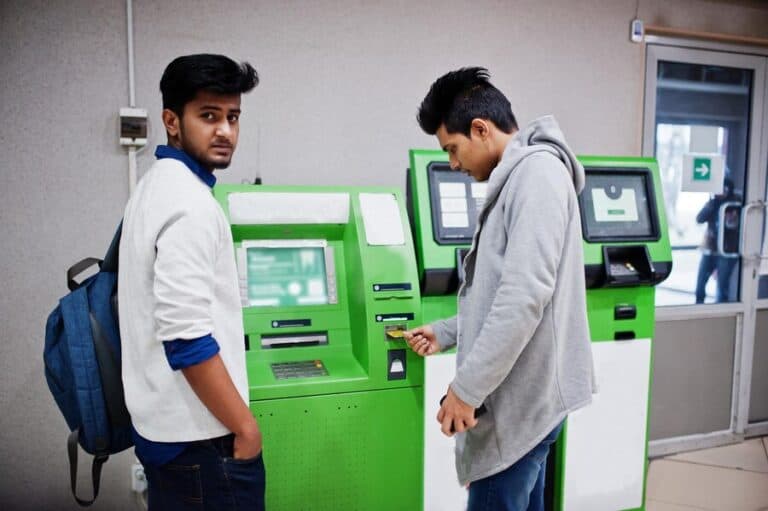In the realm of digital innovation, few technologies have garnered as much attention and intrigue as blockchain. Its inception marked a paradigm shift, promising decentralized systems, enhanced security, and unprecedented transparency. This guide aims to delve deep into the formation of blockchain, unraveling its intricacies, applications, and potential impact on various industries.
Understanding the Basics of Blockchain
At its core, blockchain is a distributed ledger technology (DLT) that enables secure and transparent record-keeping of transactions across a network of computers. Each block in the chain contains a cryptographic hash of the previous block, creating a chronological and immutable ledger of transactions. This decentralized structure eliminates the need for intermediaries, fostering trust and efficiency in digital interactions.
The Genesis of Blockchain
The concept of blockchain emerged in 2008 with the publication of a whitepaper by an anonymous entity known as Satoshi Nakamoto. This paper introduced Bitcoin, the first cryptocurrency built on blockchain technology, which aimed to revolutionize the financial landscape by enabling peer-to-peer transactions without the need for central authorities.
Key Components of Blockchain:
Cryptography: Blockchain relies on cryptographic techniques to secure transactions and maintain the integrity of the ledger. Public and private keys ensure authentication and confidentiality, while cryptographic hash functions provide tamper-proofing.
Distributed Network: A blockchain network consists of multiple nodes, each maintaining a copy of the ledger. This decentralized architecture enhances resilience and eliminates single points of failure.
Consensus Mechanisms: To validate and add new transactions to the blockchain, consensus algorithms are employed. Popular mechanisms include Proof of Work (PoW), Proof of Stake (PoS), and Delegated Proof of Stake (DPoS).
Smart Contracts: Smart contracts are self-executing contracts with predefined rules encoded on the blockchain. They automate and enforce agreements without the need for intermediaries, enabling programmable transactions.
Applications Across Industries: Blockchain technology extends far beyond cryptocurrencies, with applications spanning various sectors:
Finance: Blockchain facilitates faster and cheaper cross-border payments, streamlines trade finance, and enhances transparency in auditing and compliance.
Supply Chain Management: By providing end-to-end visibility and traceability, blockchain optimizes supply chain processes, reduces fraud, and ensures product authenticity.
Healthcare: In healthcare, blockchain enables secure sharing of patient data, improves interoperability between disparate systems, and enhances drug traceability to combat counterfeit medicines.
Identity Management: Blockchain-based identity solutions offer secure and verifiable digital identities, empowering individuals to control their personal data and streamline authentication processes.
Voting Systems: Blockchain enhances the integrity and transparency of voting systems, preventing tampering and ensuring the accuracy of election results.
Challenges and Considerations:
Despite its potential, formation blockchain adoption faces several challenges:
Scalability: Scalability remains a significant concern, with current blockchain networks facing limitations in transaction throughput and processing speed.
Interoperability: Achieving interoperability between different blockchain platforms and legacy systems is crucial for widespread adoption and seamless integration.
Regulatory Uncertainty: Regulatory frameworks surrounding blockchain and cryptocurrencies vary widely across jurisdictions, posing legal and compliance challenges for businesses.
Environmental Impact: The energy-intensive nature of certain consensus mechanisms, such as Proof of Work, raises concerns about the environmental sustainability of blockchain networks.
Future Outlook
As blockchain continues to evolve, its impact is poised to expand across industries, driving innovation and transforming business models. Emerging trends such as decentralized finance (DeFi), non-fungible tokens (NFTs), and blockchain interoperability hold promise for reshaping the digital landscape.
Conclusion
In conclusion, the formation of blockchain represents a milestone in technological advancement, offering a decentralized and secure framework for digital transactions. From its humble beginnings with Bitcoin to its widespread applications across industries, blockchain continues to revolutionize the way we transact, communicate, and collaborate in the digital age. Embracing this transformative technology requires a thorough understanding of its principles, challenges, and potential, paving the way for a more decentralized and transparent future.










